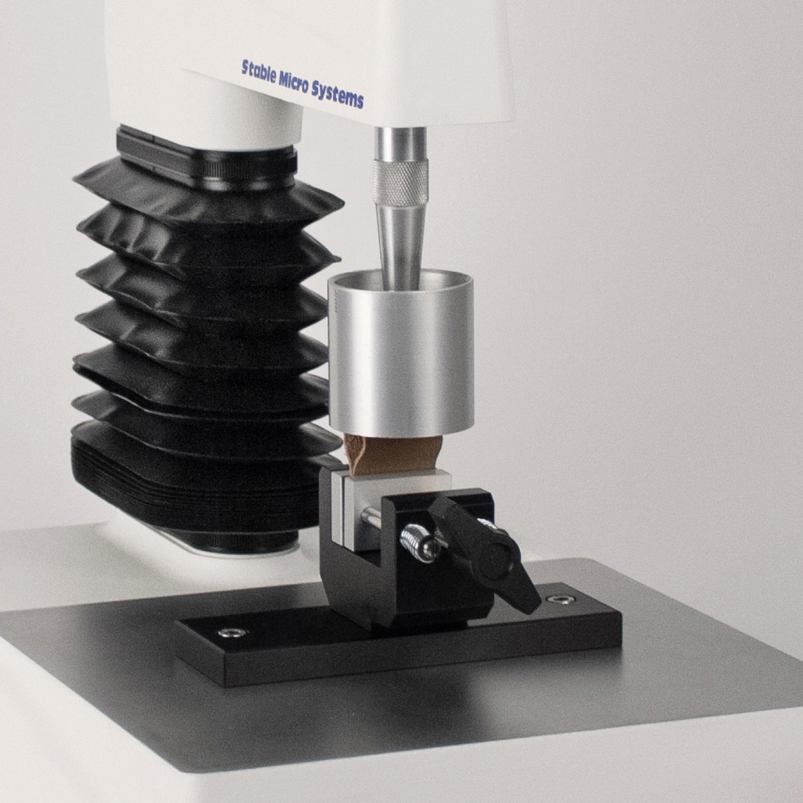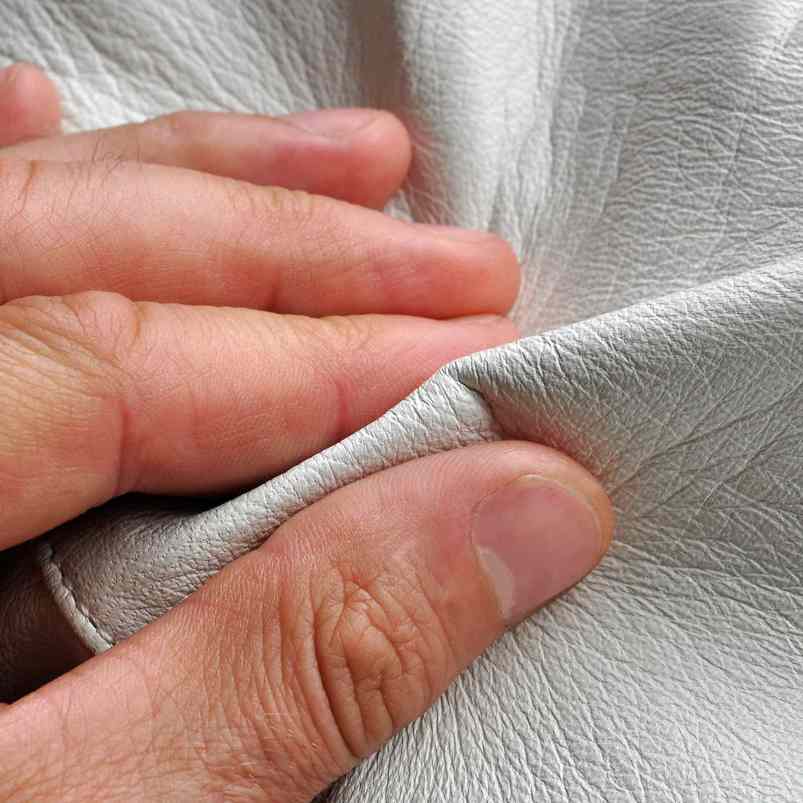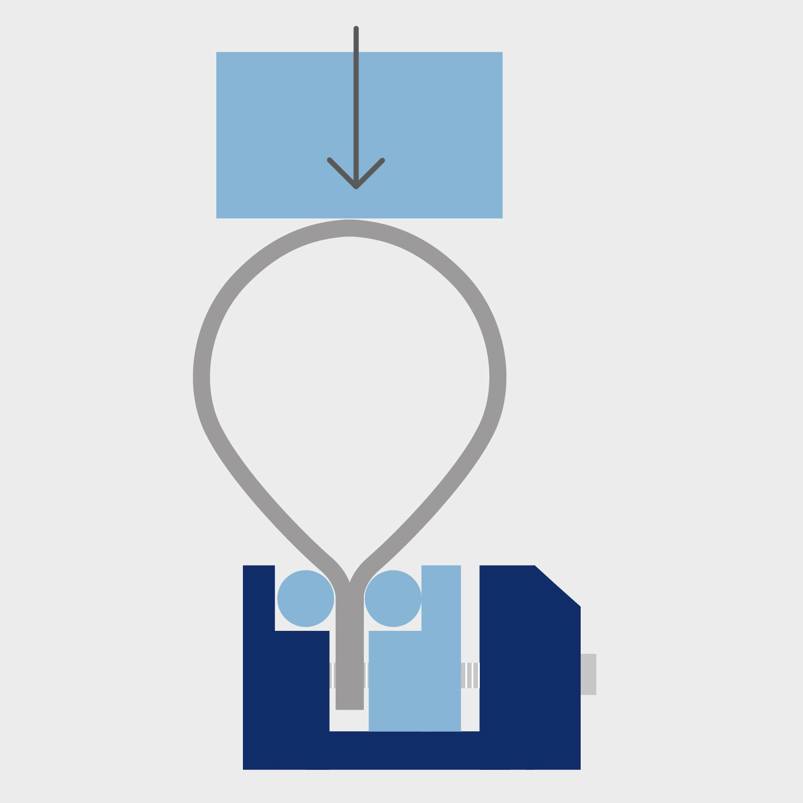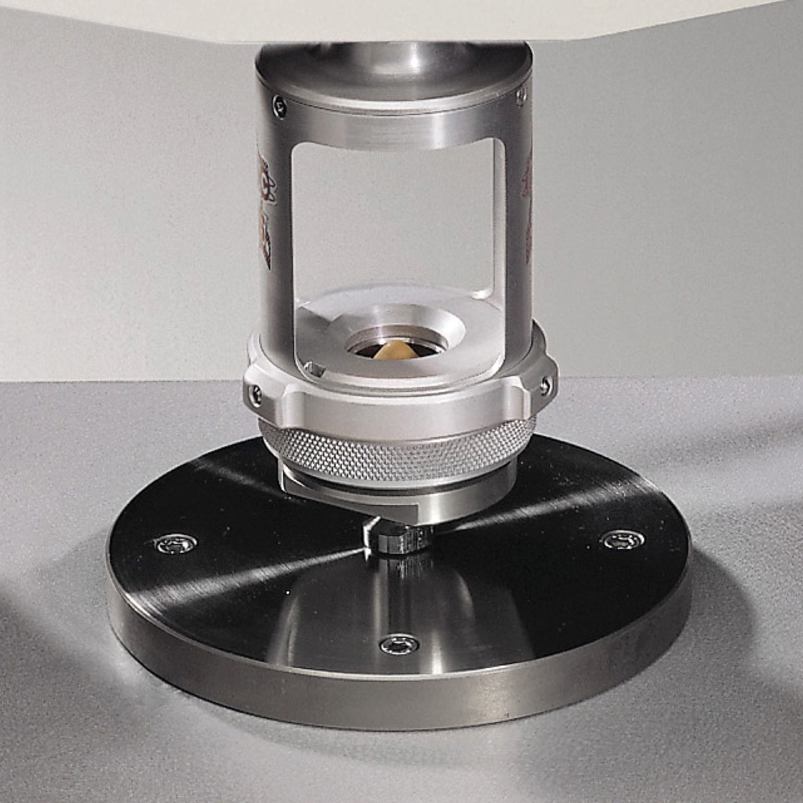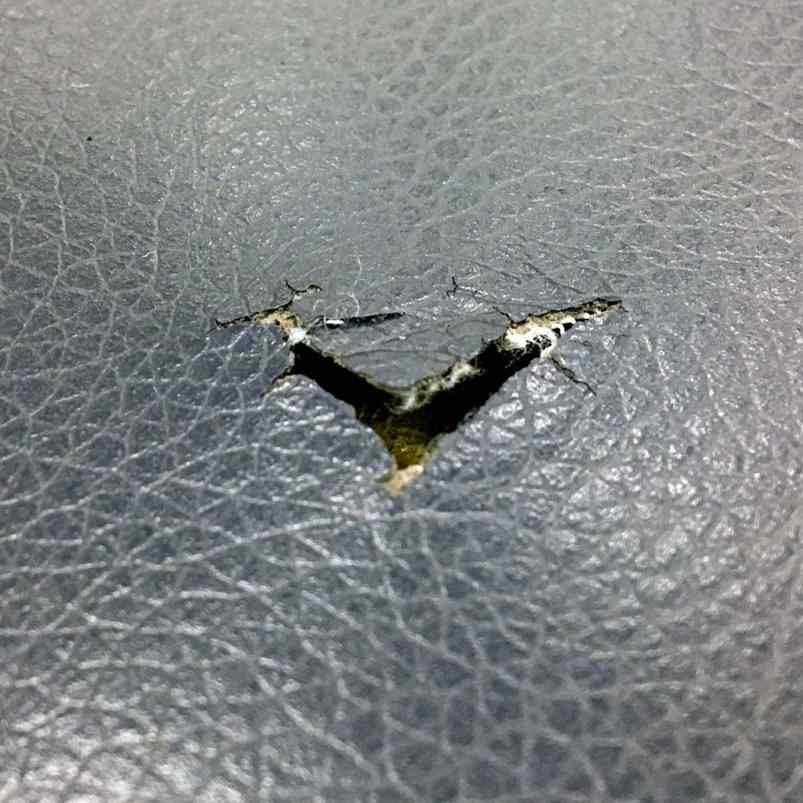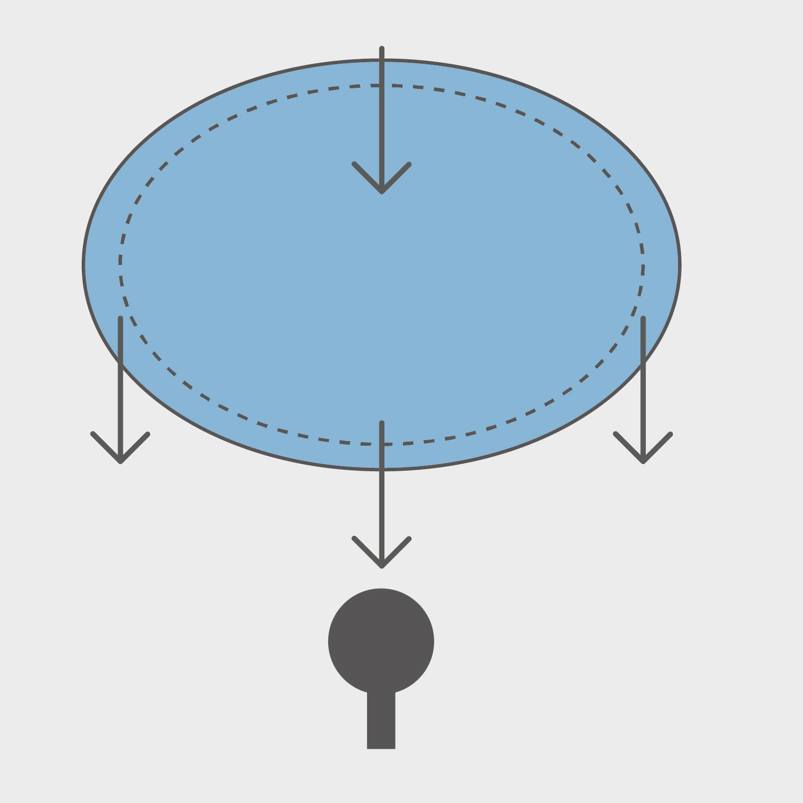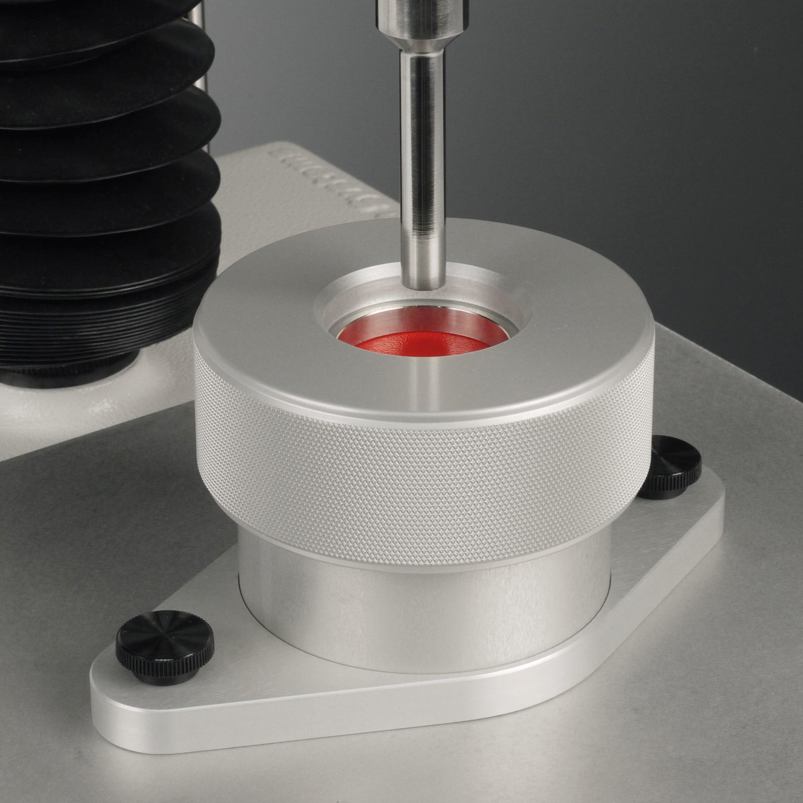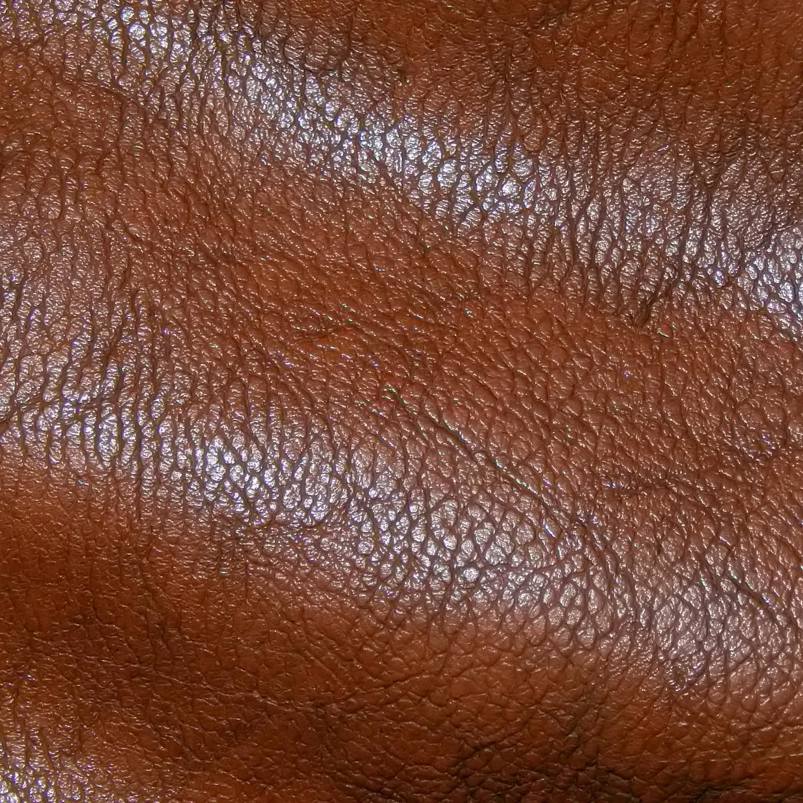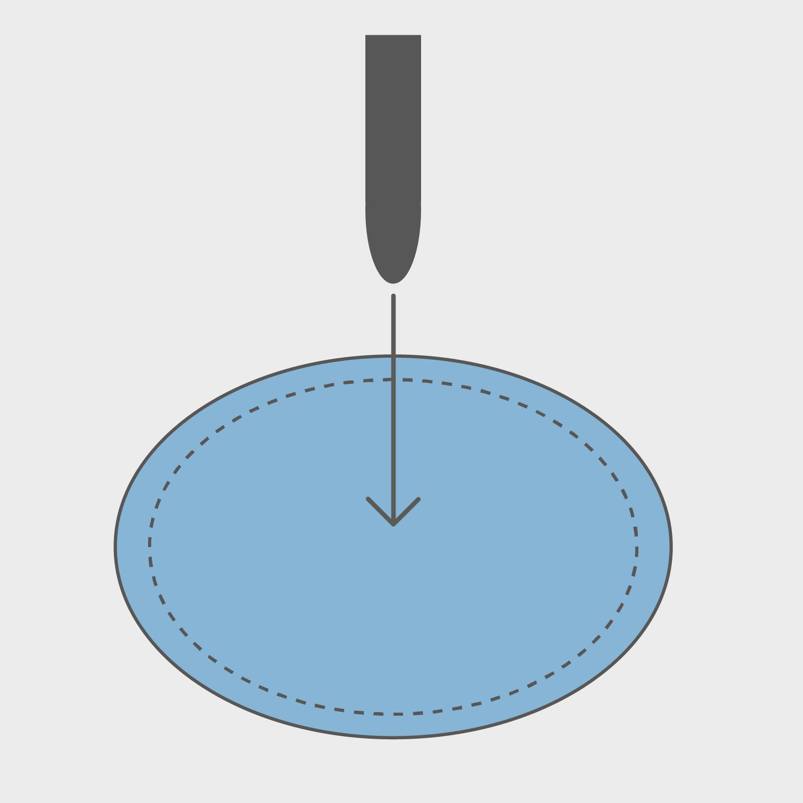
Measuring the mechanical properties of leather and textiles – Compression and penetration tests
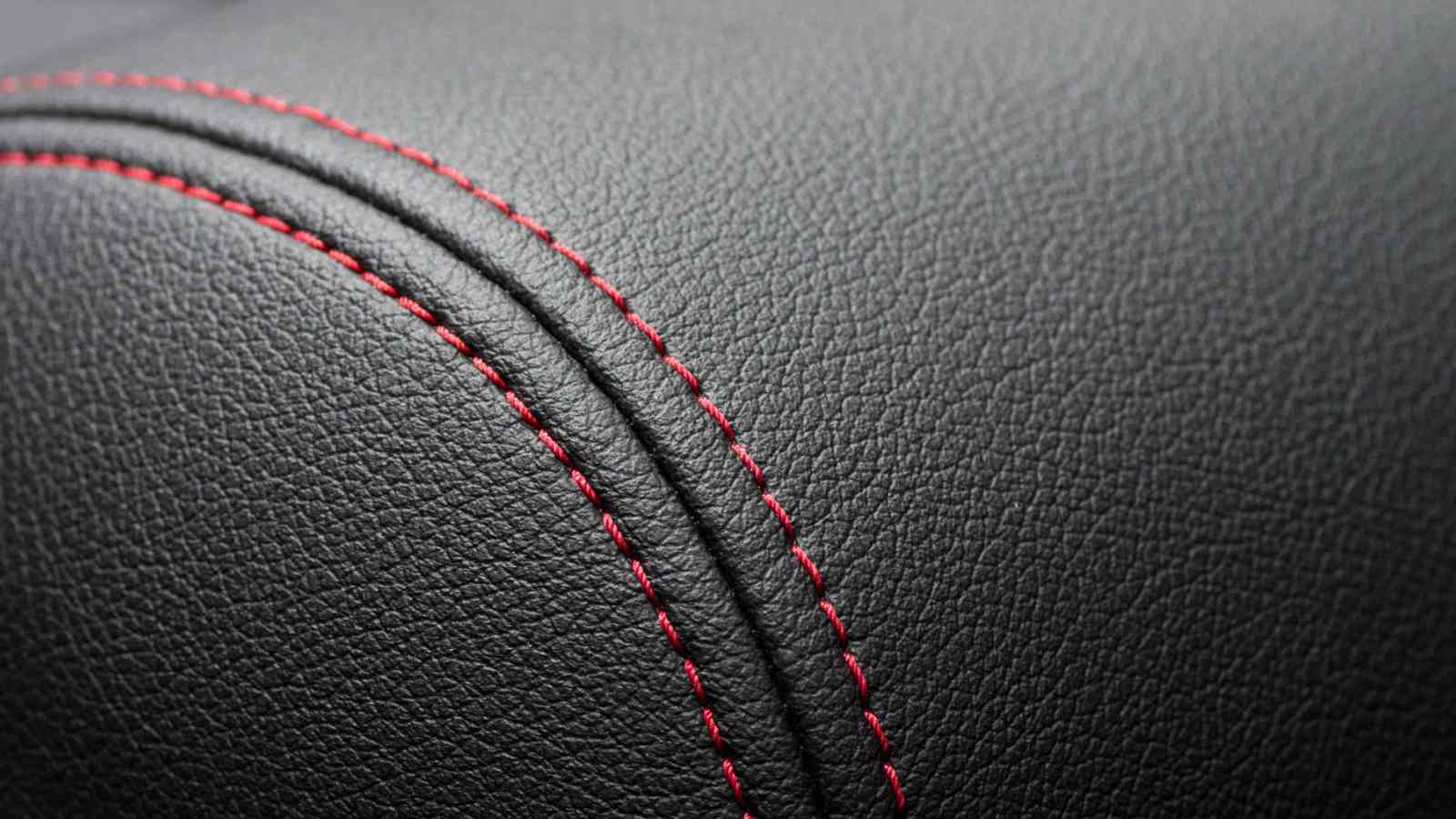
Leather loop compression
The leather loop test is used to give an indication of softness. A loop of leather is held in a spring-loaded clamp and a platen used to apply a compression/de-compression cycle test on the loop. Measurements of the force exerted on the leather during the compression stroke (applied energy) and the force exerted by the leather during the decompression stroke (recovered energy) are recorded. The ratio of the recovered /applied energy is calculated and defined as the “springiness” of the sample. This parameter is a good measure of the softness of the leather.



Penetration tests
Penetration measurements can be used to test the tensile and time-dependent properties of materials.



Lastometer
Example leather standard: ISO 3378
Also known as the ‘Ball Burst Test’, the Lastometer Rig identifies the strength and distension of the grain. This test exceeds the requirements of the standard method, as grain crack is measured without stopping the test. ‘Material Yield’ at grain crack is also accurately identified. Additional results for this test include the strength and distension of the grain at grain crack and ball burst, and the distance between grain crack and ball burst. The Lastometer rig comprises of the specimen holder and penetrometer.



Bagginess
Example leather standard: EN14689
Upholstery leather that was originally smooth is often blamed for stretching and becoming wavy after use. This phenomenon is known as ‘bagginess’ and is a feature upholstery tanners test for. This property is caused by ‘creep’ or ‘relaxation’ – permanent deformation over time. It may be seen as waviness of the leather on what was originally a smooth cushion cover on upholstered furniture. The Bagginess Test Rig offers a method that automatically measures the bagginess of leathers.
The Bagginess Test Rig meets the CEN Standard for determining the bagginess of leather together with its creep and stress relaxation properties after repeated loading. Bagginess is the permanent deformation or retained set in the material measured after the removal of a defined force applied for a specific time.
Textile burst test
Example textiles standard: ASTM D3787
A similar concept to the ball burst and lastometer tests for leather, this method is useful for measuring the tensile properties of textiles that can achieve a high strain before failure. A force is applied to a clamped textile sample via a spherical plunger until it breaks. The maximum force achieved is recorded as the breaking force.
Textile burst test
Example textiles standard: ASTM D3787
A similar concept to the ball burst and lastometer tests for leather, this method is useful for measuring the tensile properties of textiles that can achieve a high strain before failure. A force is applied to a clamped textile sample via a spherical plunger until it breaks. The maximum force achieved is recorded as the breaking force.
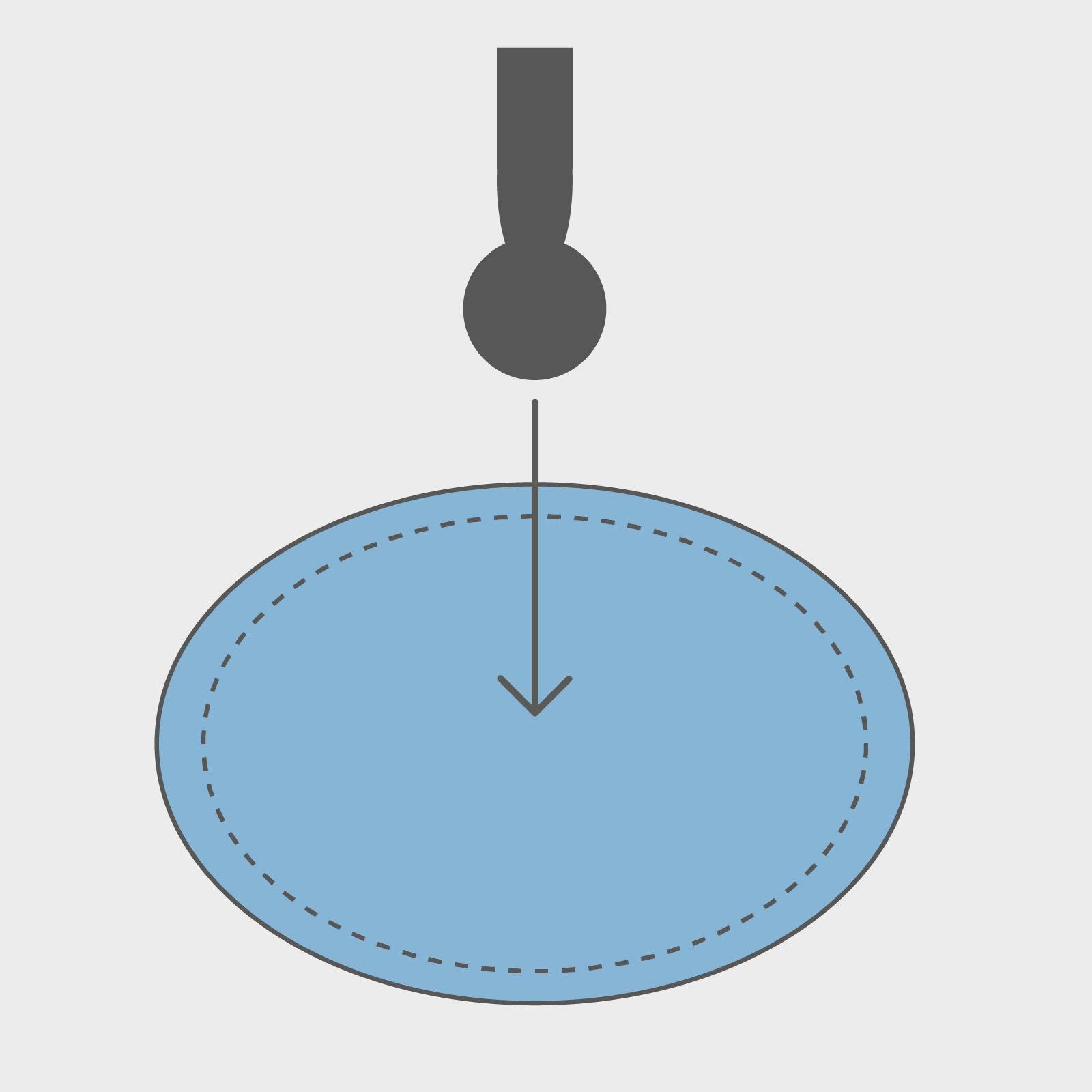 Textile Burst test illustration
Textile Burst test illustration
Part 4 in a 5 part series on the texture analysis of leather and textiles. Read Part 1 – Introduction, Part 2 – Tensile tests, Part 3 – Stitch tests and Part 5 – Tear and peel tests.

